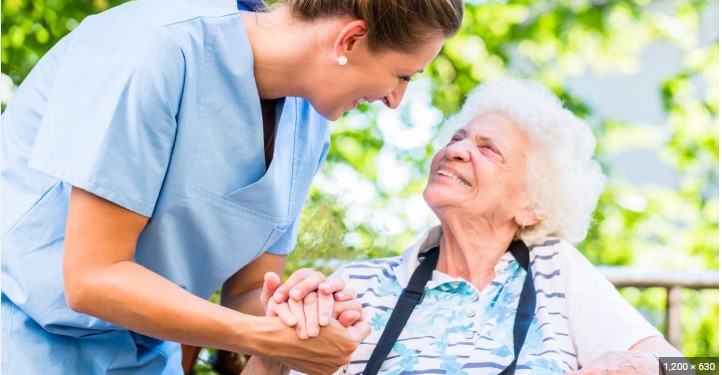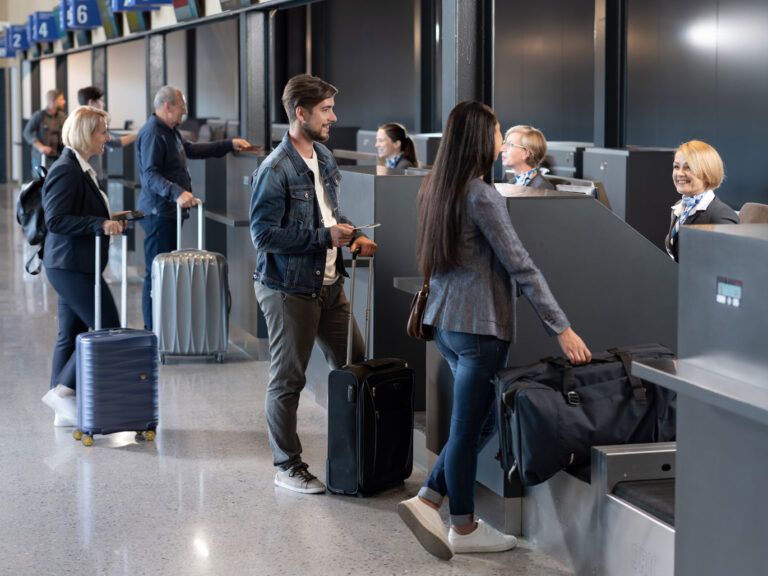
Ensuring Safety and Security in Assisted Living Care Homes
As the population ages, the demand for assisted living care homes continues to rise. These facilities provide a supportive environment for seniors who require assistance with daily activities while promoting independence. While the focus of these care homes is on providing quality of life for residents, ensuring safety and security is paramount. This article explores the various aspects involved in guaranteeing the well-being of residents in assisted living care homes.
Physical Safety Measures
Infrastructure and Accessibility
One of the fundamental components of safety in assisted living care homes is the design and maintenance of the facility. The infrastructure should be wheelchair-accessible, well-lit, and free from obstacles that could pose a tripping hazard. Handrails and grab bars strategically placed in hallways and bathrooms can offer crucial support for residents with mobility challenges.
Emergency Response Systems
Installing robust emergency response systems is critical for addressing unforeseen situations promptly. Emergency call buttons in living spaces and common areas enable residents to quickly summon assistance in case of a fall, medical emergency, or any other urgent situation. Staff members should be well-trained to respond swiftly and efficiently to these alerts.
Fire Safety
Fire safety is a top priority in any care facility. Regular fire drills, well-maintained fire extinguishers, and smoke detectors are essential components of a comprehensive fire safety plan. Staff should be trained in evacuation procedures, and residents should be familiarized with emergency exits.
Technological Innovations in Safety
Surveillance Systems
Modern technology plays a pivotal role in enhancing the safety and security of assisted living care homes. Surveillance systems, including cameras in common areas, entrances, and outdoor spaces, help monitor activities and deter potential security threats. Privacy concerns must be addressed when implementing such systems, ensuring they comply with regulations and respect the dignity of residents.
Wearable Technology
Wearable devices equipped with GPS tracking and health monitoring capabilities can provide an extra layer of security. These devices not only assist in locating residents within the facility but also monitor vital signs, enabling early detection of health issues. Striking the right balance between privacy and safety is crucial when introducing wearable technology.
Electronic Access Control
Implementing electronic access control systems ensures that only authorized personnel can enter specific areas of the care home. This not only safeguards residents from potential security risks but also helps in monitoring staff activities. Access control systems contribute to the overall safety and well-being of everyone in the facility.
Staff Training and Management
Comprehensive Training Programs
The competence of the staff is a linchpin in ensuring safety in care homes. Comprehensive training programs should cover emergency response, resident communication, and the proper use of safety equipment. Staff members must be well-versed in recognizing signs of distress or medical issues in residents and responding promptly and appropriately.
Regular Background Checks
Thorough background checks are imperative during the hiring process. Careful screening helps identify any red flags in a candidate’s history and ensures that only individuals with a commitment to the well-being of residents are employed. Regular updates to background checks can help identify potential issues that may arise during an employee’s tenure.
Adequate Staffing Levels
Maintaining appropriate staff-to-resident ratios is essential for providing timely assistance and supervision. Insufficient staffing can lead to lapses in care and compromise the safety of residents. Adequate staffing levels ensure that residents receive the attention and support they need, contributing to a safer living environment.
Health and Wellness Programs
Regular Health Assessments
Regular health assessments for residents are crucial in identifying potential safety risks. These assessments can uncover issues such as deteriorating mobility, cognitive decline, or emerging medical conditions. Early detection allows for proactive measures to be taken, preventing accidents and ensuring the overall well-being of residents.
Physical Fitness Programs
Implementing physical fitness programs tailored to the abilities and needs of residents contributes to their overall safety. Strengthening exercises, balance training, and flexibility routines can reduce the risk of falls. Engaging residents in regular physical activity not only enhances their health but also fosters a sense of community and well-being.
Creating a Culture of Safety
Open Communication Channels
Fostering open communication between staff, residents, and their families is key to addressing safety concerns. Regular meetings, suggestion boxes, and feedback sessions create a culture where everyone feels comfortable expressing their thoughts on safety matters. This collaborative approach ensures that potential issues are identified and resolved promptly.
Resident Education
Educating residents about safety practices empowers them to take an active role in their well-being. Workshops and training sessions can cover topics such as fall prevention, emergency procedures, and the proper use of assistive devices. When residents are informed and engaged, the overall safety of the care home is significantly enhanced.
Conclusion
Ensuring safety and security in assisted living care homes requires a multifaceted approach that encompasses physical infrastructure, technology, staff training, health and wellness programs, and the cultivation of a safety-conscious culture. As the demand for these facilities continues to grow, it is imperative that care homes prioritize the well-being of their residents, creating environments where individuals can age with dignity, independence, and, above all, safety. By embracing innovation, fostering communication, and prioritizing comprehensive safety measures, assisted living care homes can provide the highest standard of care for their residents.



